Media | Articles
Then and Now, the 1980–89 Lincoln Town Car Was a Sleeper Success Story
Making a product that speaks to a highly specific, laser-focused target audience is both admirable and appealing, even when times demand the most aggressive of changes. The Malaise Era forced us into smaller vehicles with more fuel-efficient engines and lower emissions, but a few manufacturers stumbled in the transition, opening the door for others.
Cadillac was one of those caught between its evolving products and buyers that couldn’t stomach the pivot—the smaller, front-wheel-drive 1985 Cadillac DeVille ensured that the brand no longer spurred the same passion from its fanbase. It wasn’t all Cadillac’s fault, but the obvious platform sharing with other GM sedans and the trouble-prone HT4100 V-8 certainly didn’t help. Enter Lincoln, the fuel-injected 5.0-liter V-8, and the Panther chassis.
Lincoln capitalized on the Town Car’s killer app (as it were) in a series of TV commercials. They were reportedly so effective that valet podiums across the Metro Detroit area would recite the same jokes to owners of downsized General Motors products. This marketing coup allegedly reduced GM to beg Ford to stop running these spots. The Dearborn gang capitulated, as insulting your cross-town neighbor only works so many times at social gatherings and lunches at the country club.
What’s oddly missing in this equation is the 1985 Fleetwood Brougham, as it was still available with rear-wheel drive and traditional luxury car proportions. Perhaps it became associated with the disappointing series of HT-4100, displacement on demand, and diesel engines that soured many on the Cadillac brand. Maybe its overtly traditional touches made the slab-sided, highly computerized Lincoln Town Car look fresh and appealing. Or perhaps Cadillac put all their eggs in their front-wheel drive baskets and didn’t have the wherewithal to backtrack to the Brougham. Whatever the reason, the end result was a success for Lincoln’s four-pointed star, as they reportedly swiped 91,000 Cadillac owners between 1984-88.
But success in the mid-1980s started with an all-new, 1980 Lincoln Continental on Ford’s downsized Panther Chassis. It had the options of fully digital gauges, a keyless entry door pad, multi-function trip computer, integrated garage door opener, and a Town Car trim package. But those gee-whiz luxury trappings were underscored by standard equipment like an electronic audio system, a 5.0-liter small block V-8 with EEC-III throttle body fuel injection, and an overdrive transmission. This is the stuff of mediocrity for the last 25+ years, but the Continental was a revolution by the metrics available in 1980.
Marketplace
Buy and sell classics with confidence
Lincoln (and Ford) weren’t nearly as well-funded as GM at the time, so they pushed their Panther platform deep into the 1980s with modest styling updates atop significant electronic innovations. And there was a new name for the premium Panther: Lincoln Town Car. It survived and thrived while Cadillac learned the difference between leading-edge and bleeding-edge technology. But Lincoln also innovated in luxury car promotions, as they asked everyone to “Start thinkin’ Lincoln” around 1983. And they asked the right people in the right places.
Getting rental car companies to promote your flagship for an attainable asking price ensured a would-be Cadillac owner would enjoy a Town Car on vacation instead of a full-size Caprice or LTD. Budget’s asking price of $39.95 in 1983 is still $123.04 in today’s dollars, so it ensured the right folks experienced Panther Love and might just ride those good vibes back to their local Lincoln-Mercury dealership.
It certainly sold my family and many folks walking into the same dealership, as splurging on a new Town Car from Budget in 1984 inspired us to buy a used Lincoln Continental in 1986, the one that turned into Project Valentino. Lincoln’s ongoing promotions using OPM (other people’s money) worked, as Town Car sales skyrocketed, breaking the 100,000 mark in the mid-1980s. Lee Iacocca once said Ford made around $10,000 on each Town Car sold, to the tune of a billion dollars in annual profit. That’s a smashing success for a vehicle on a modest budget, so perhaps the Town Car was so good it “Hertz.”
And it only improved over time, but at the proper pace of a snail. There was a smarter EEC-IV computer in 1984, and it tuned in to a pair of oxygen sensors for improved performance. Aerodynamic success from the Lincoln Mark VII trickled down to the Town Car in 1985, with sleeker bumpers and a slant-back rear fascia being the end result. The new fuel injection setup received eight injectors in 1986, firing sequentially (SEFI) to match the 5.0’s firing order within a long runner intake manifold. A JBL audio system also arrived that year, with a CD player under the dashboard shortly afterwards. Slow and steady wins the race, and it’s clear the 1980-89 Lincoln Town Car was a tortoise in a sea of hares with Cadillac hood ornaments.
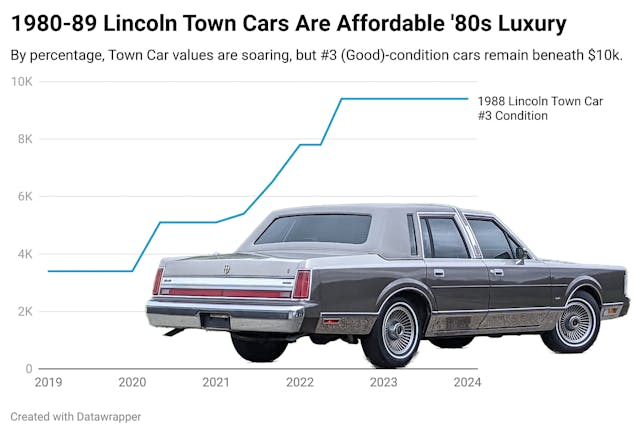
Only now is the collector car hobby recognizing the Town Car’s success with the rewards of being an appreciating classic. In the last three years, the median #3 value increased 78 percent, or $3500. It was only five years ago that early Town Cars in #3 condition were valued at a mere $2700. While the 1980-85 Continental/Town Car isn’t terribly different than the later examples, the 1986-89 Town Cars with SEFI induction carry around a 15% premium.
It’s quite logical to see that 42% of quotes sought for Town Cars come from Boomers, yet Millennial interest is a strong 23%. That’s even more than the interest shown by Gen-X (20%), so it’s clear that Lincolns are no longer just for a more elderly crowd. And the Panther-bodied Lincolns may be at the early stages of a trend highlighted by the pre-downsized Continentals: Interest in the 1970-79 Lincoln Continental is nearly equal between Boomers, Gen-X, and Millennials. And 1 in 10 insurance quotes of older Continentals are from Gen-Z, but that level of love has yet to surface for the newer Town Car.
Savvy Panther chassis enthusiasts will note we’ve so far overlooked the 1980 Continental Town Coupe and the 1981 Town Car two door. (Both are the same car with curiously different names.)
Let’s address this omission now: Lincoln sold a paltry 7,177 coupes in 1980, and 4,935 in 1981 before they died an ignominious death. But their rarity adds to the appeal, as coupes in #3 condition are 19% more valuable than sedans of the same year. While the coupes may never appreciate to the heights of the 1961-67 Lincoln Continental convertible, the premium proves their inherent desirability, even when handicapped by an older fuel injection system.
It’s great to see the Lincoln Town Car (and 1980 Continental, of course) regain some of the recognition they garnered back when they were the go-to choice for well-heeled business travelers and vacation goers. With the Town Car, the collector car market once again proves that popular success when new is often rewarded as a classic, even if it takes a bit longer than it does for a specialty sweetheart like a Porsche 911. While the market cap of the remaining Town Cars will never reach the soaring heights of their profit margins when new, the Panther Chassis Lincoln’s renaissance once again makes the sun shine, from the city hall to the county line.
***
Check out the Hagerty Media homepage so you don’t miss a single story, or better yet, bookmark it. To get our best stories delivered right to your inbox, subscribe to our newsletters.
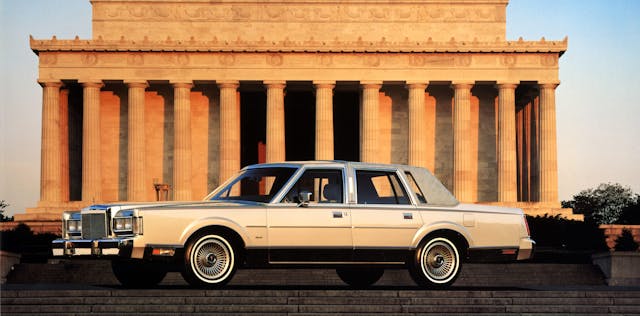
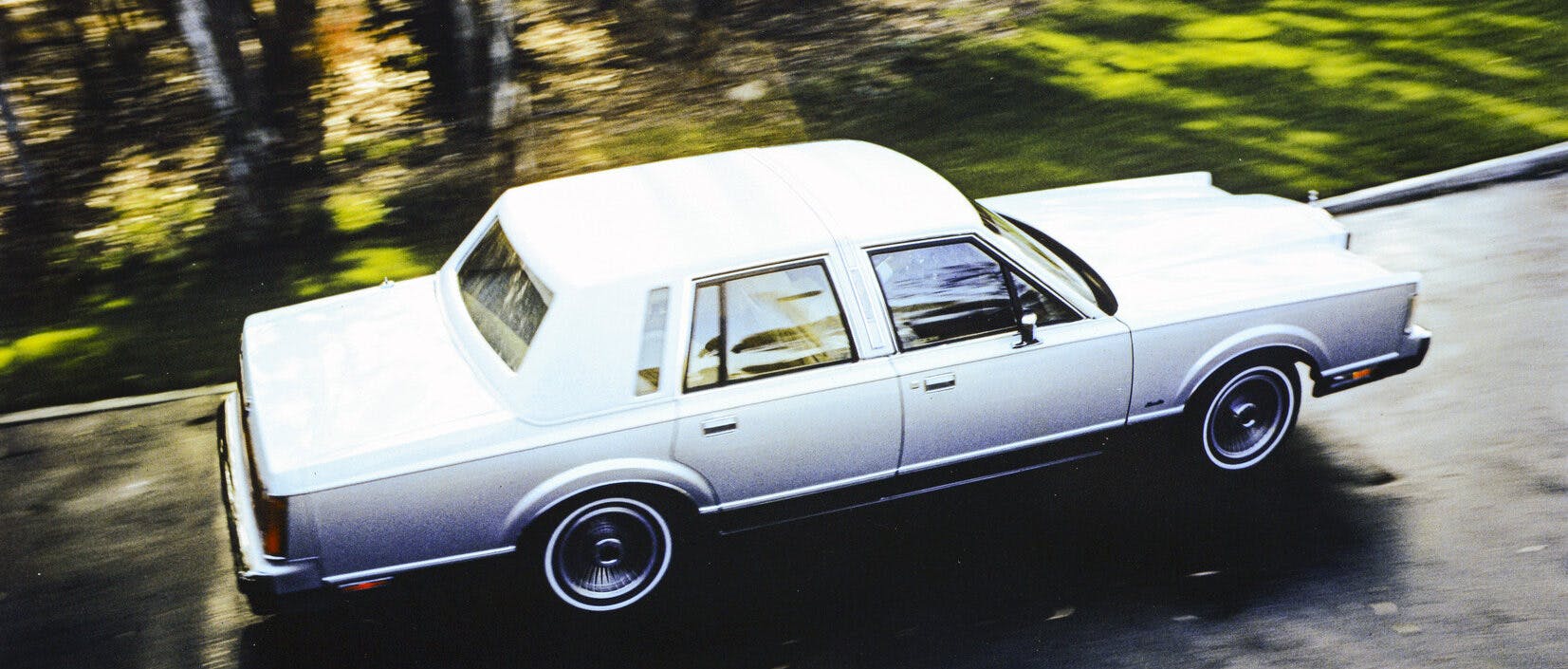
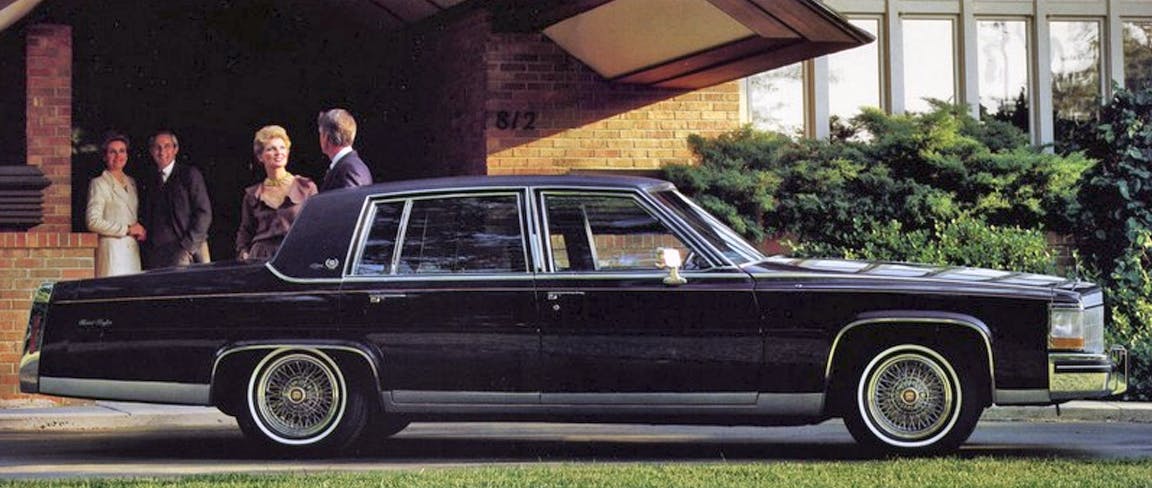


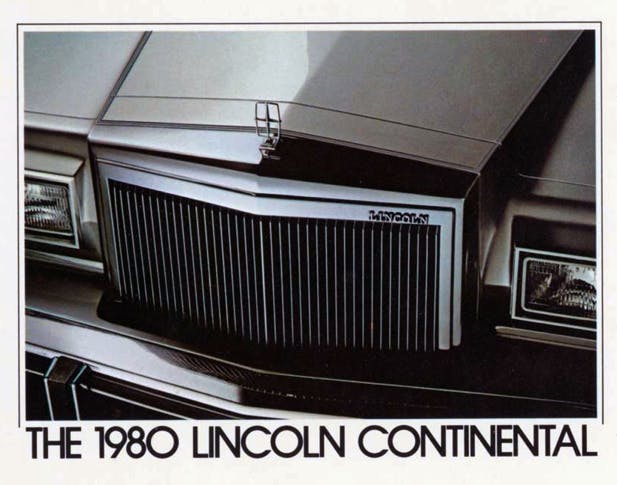
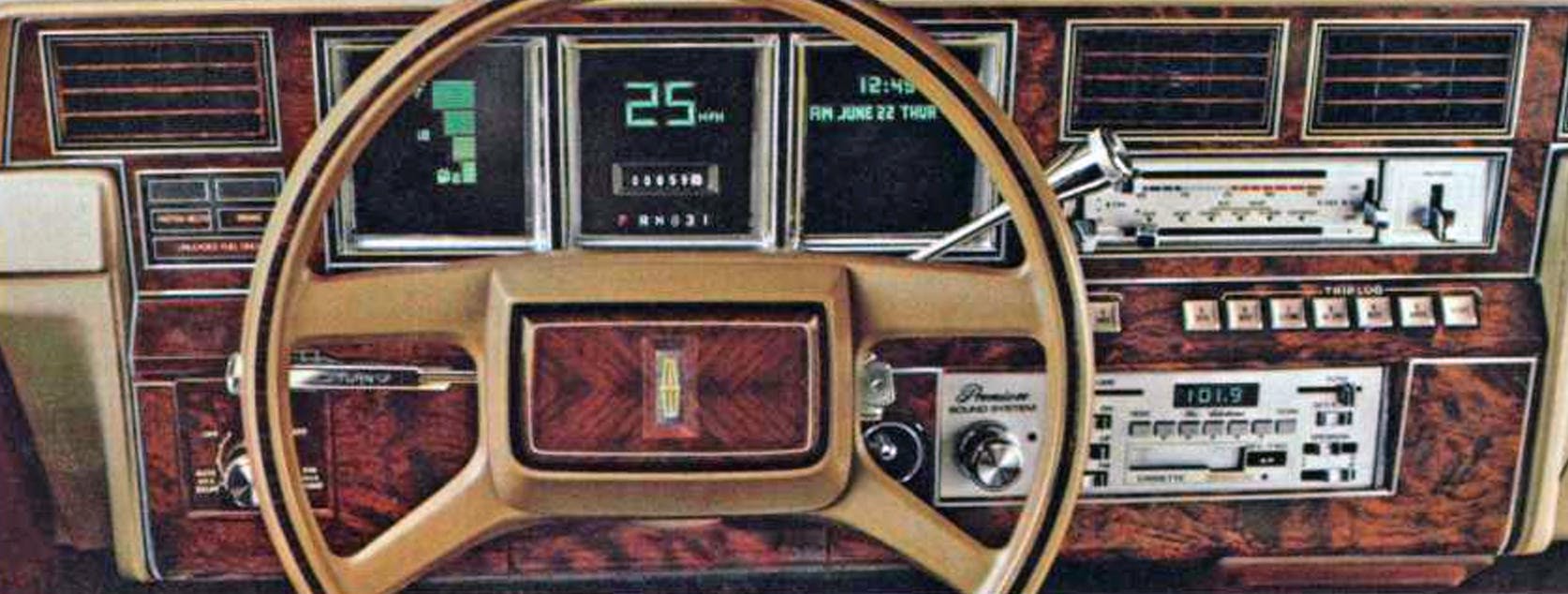
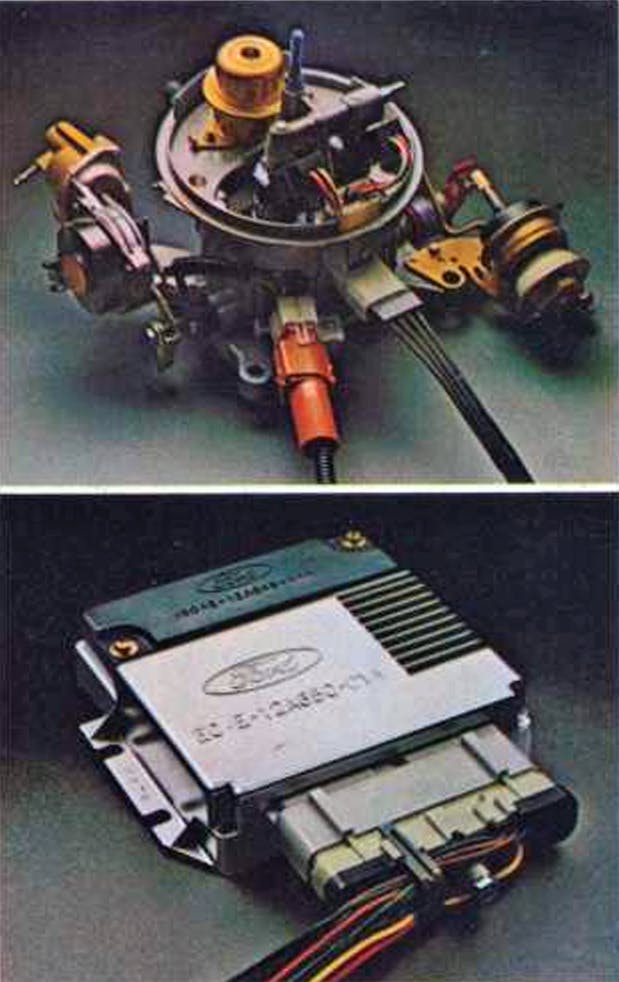
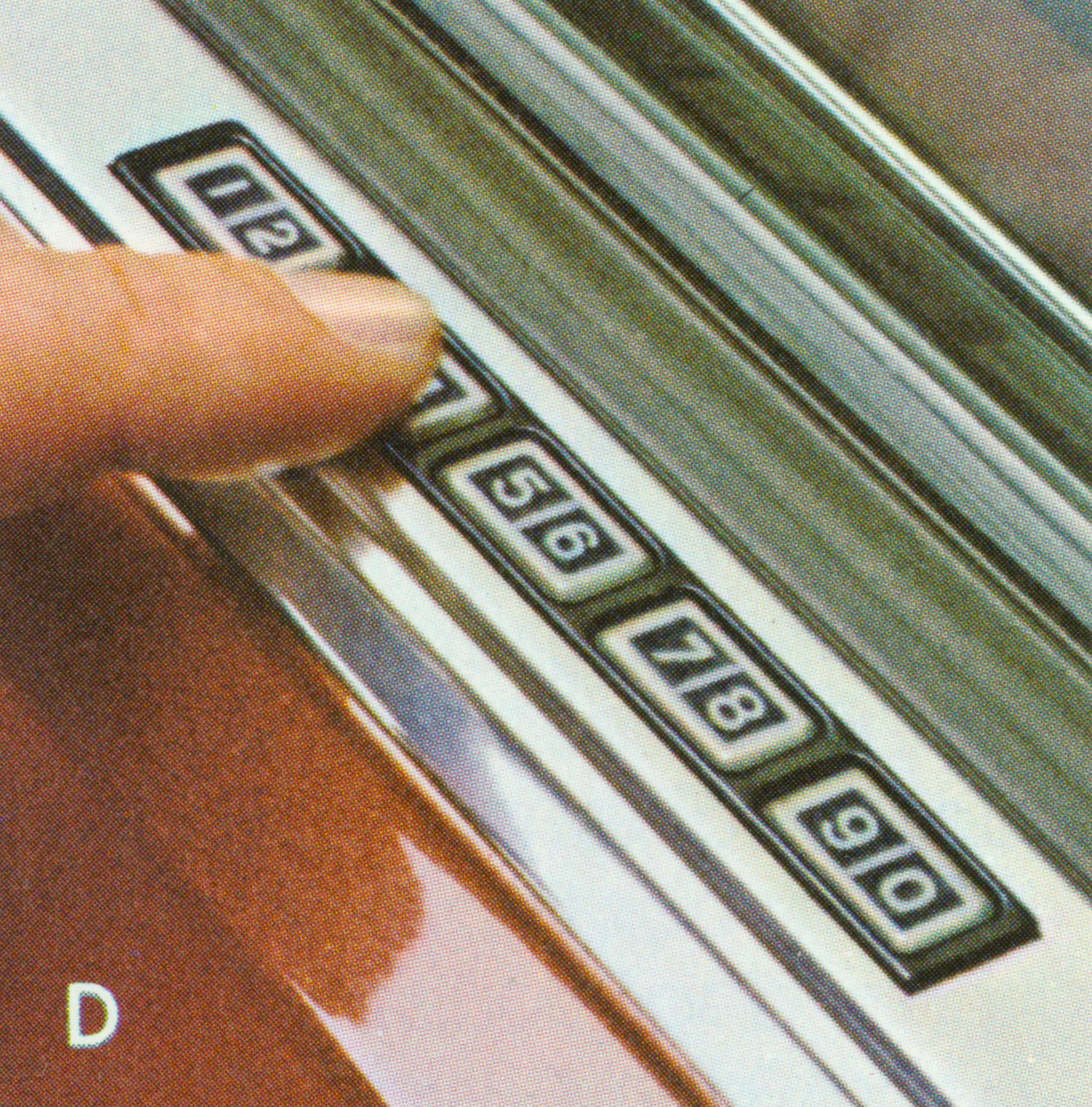
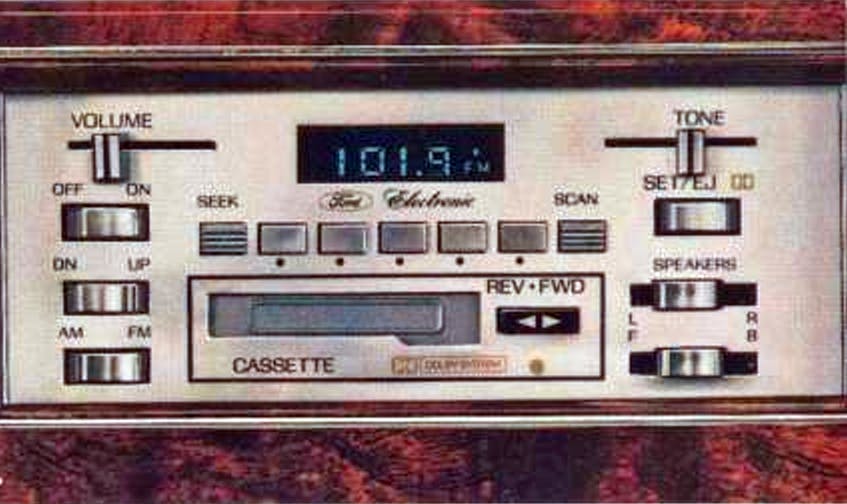
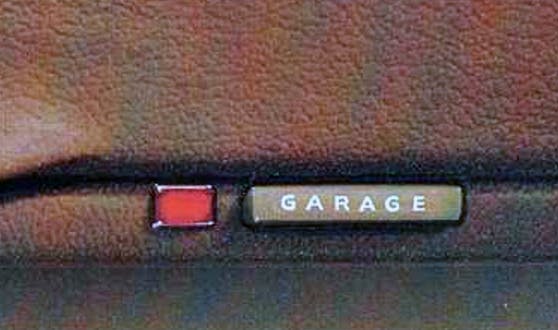









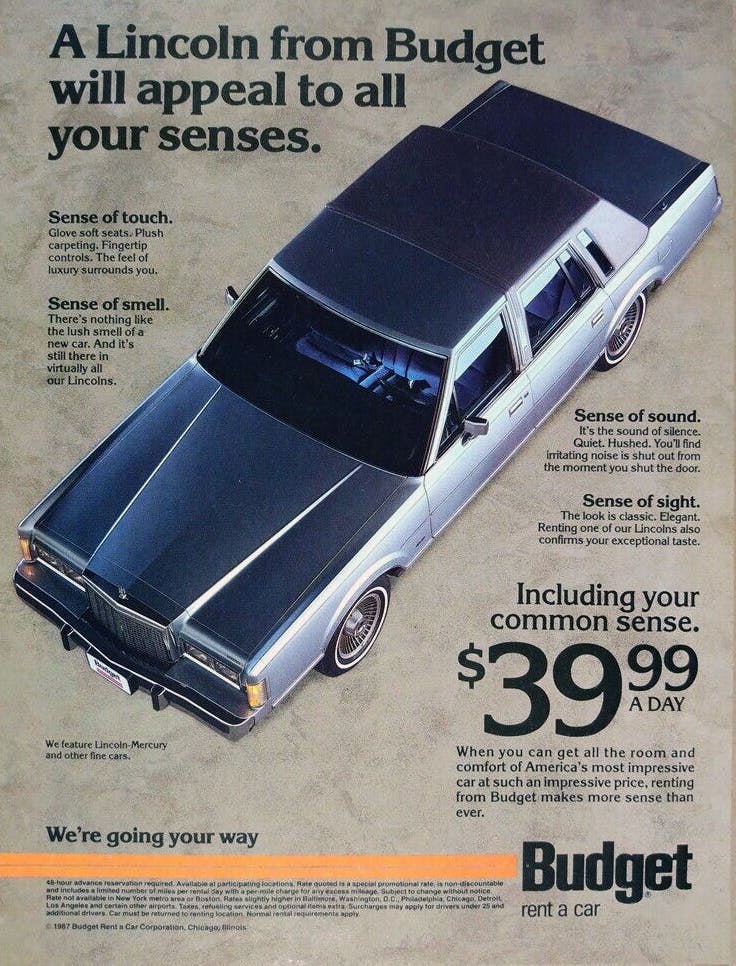

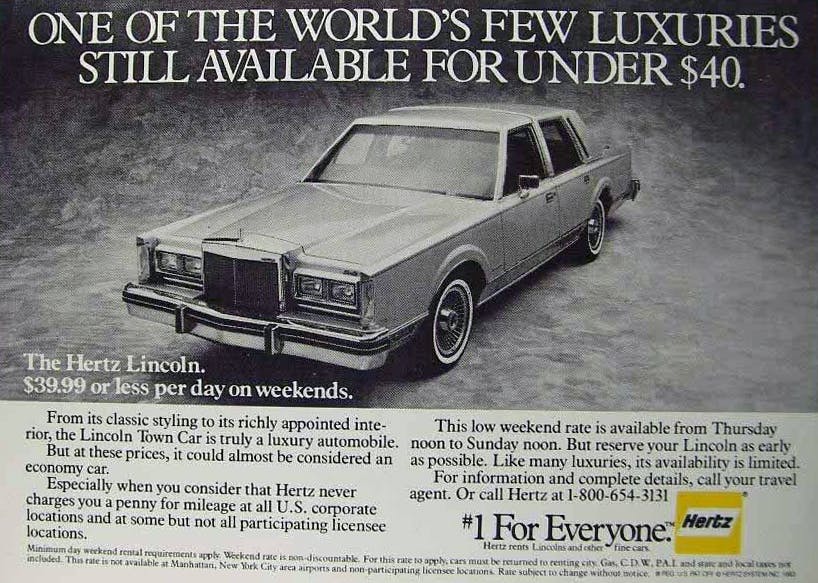
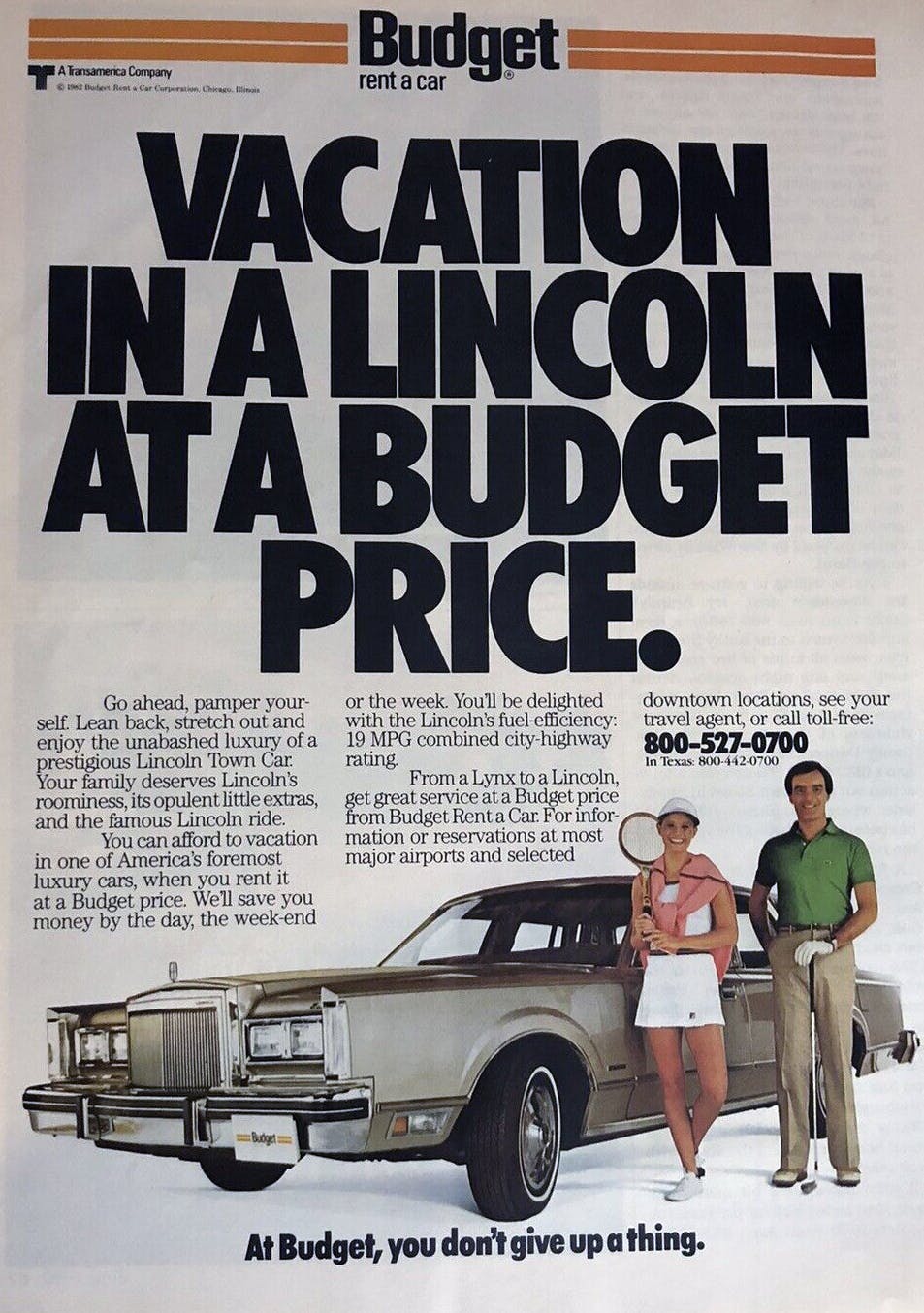
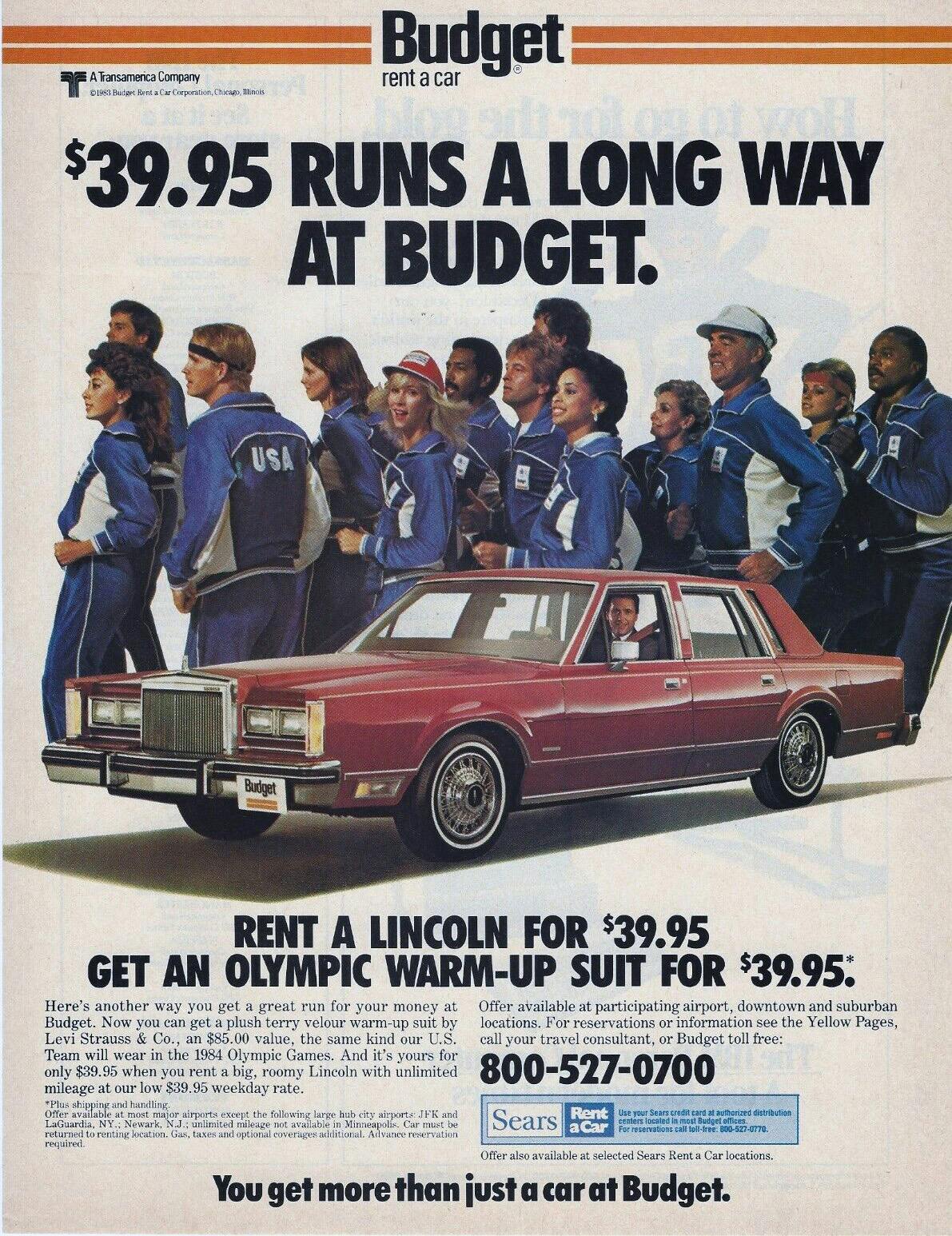
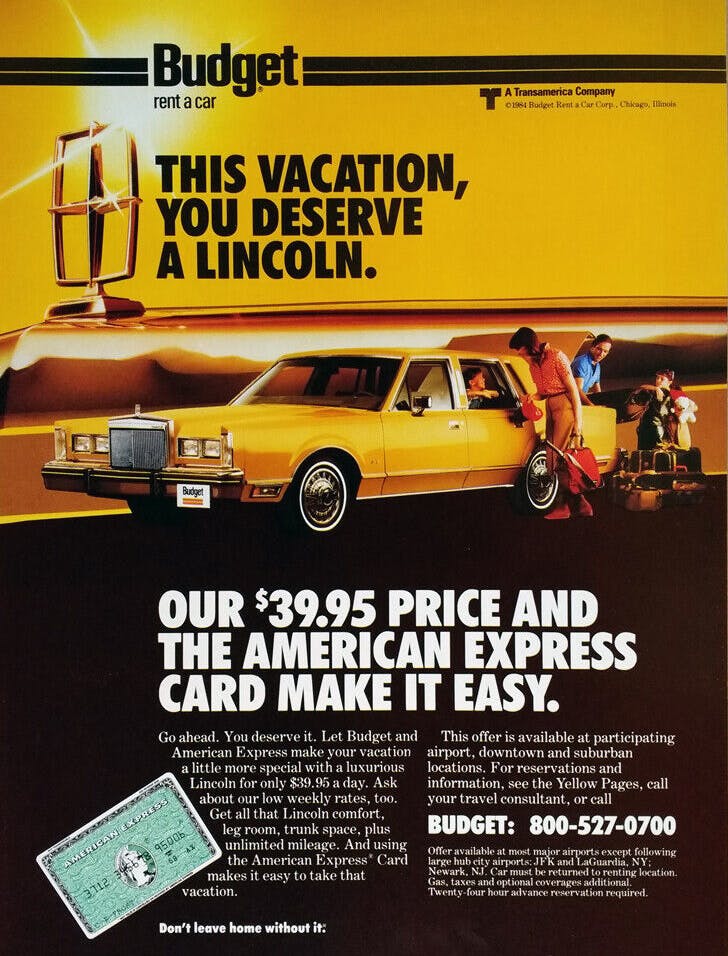
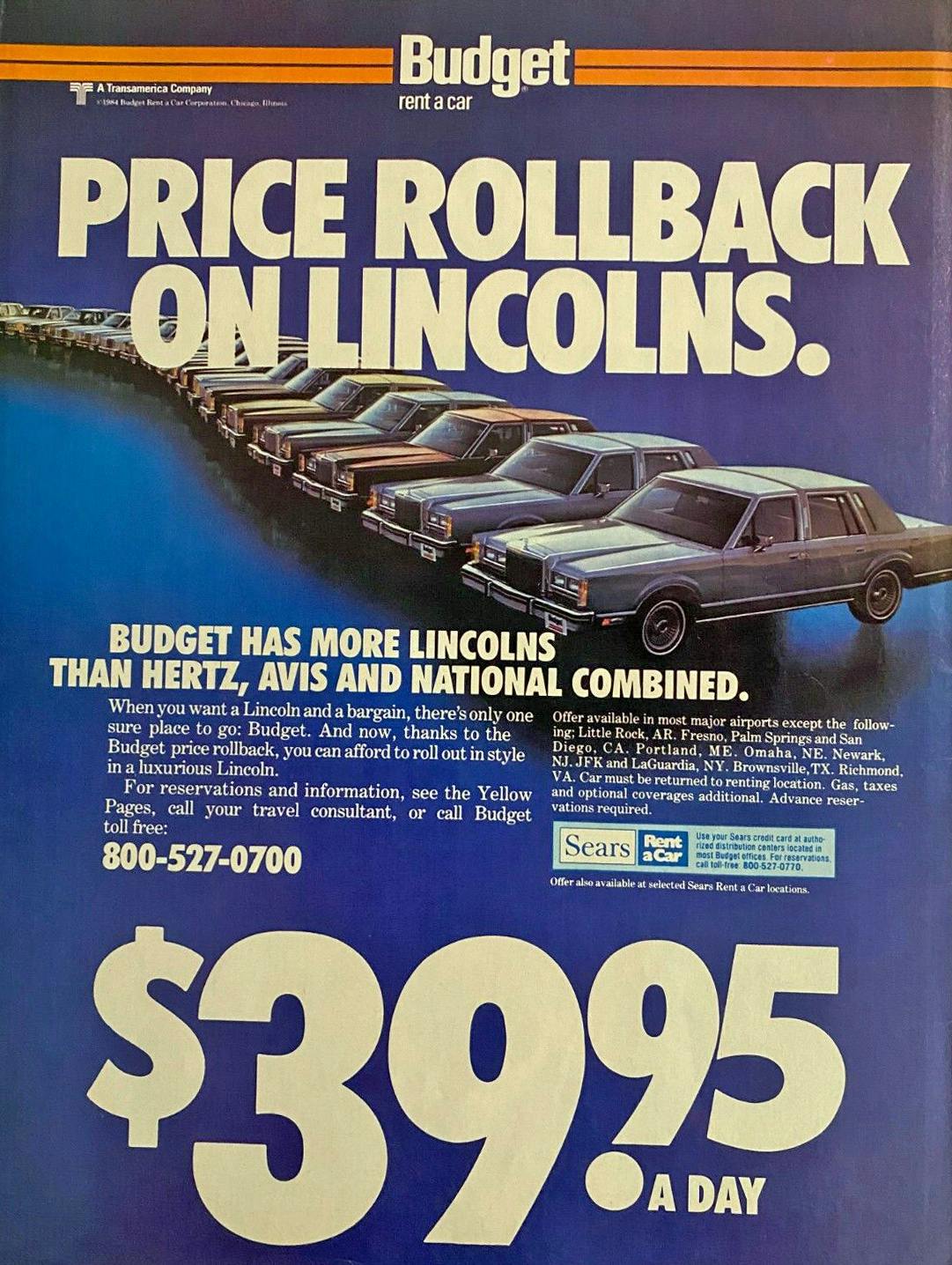
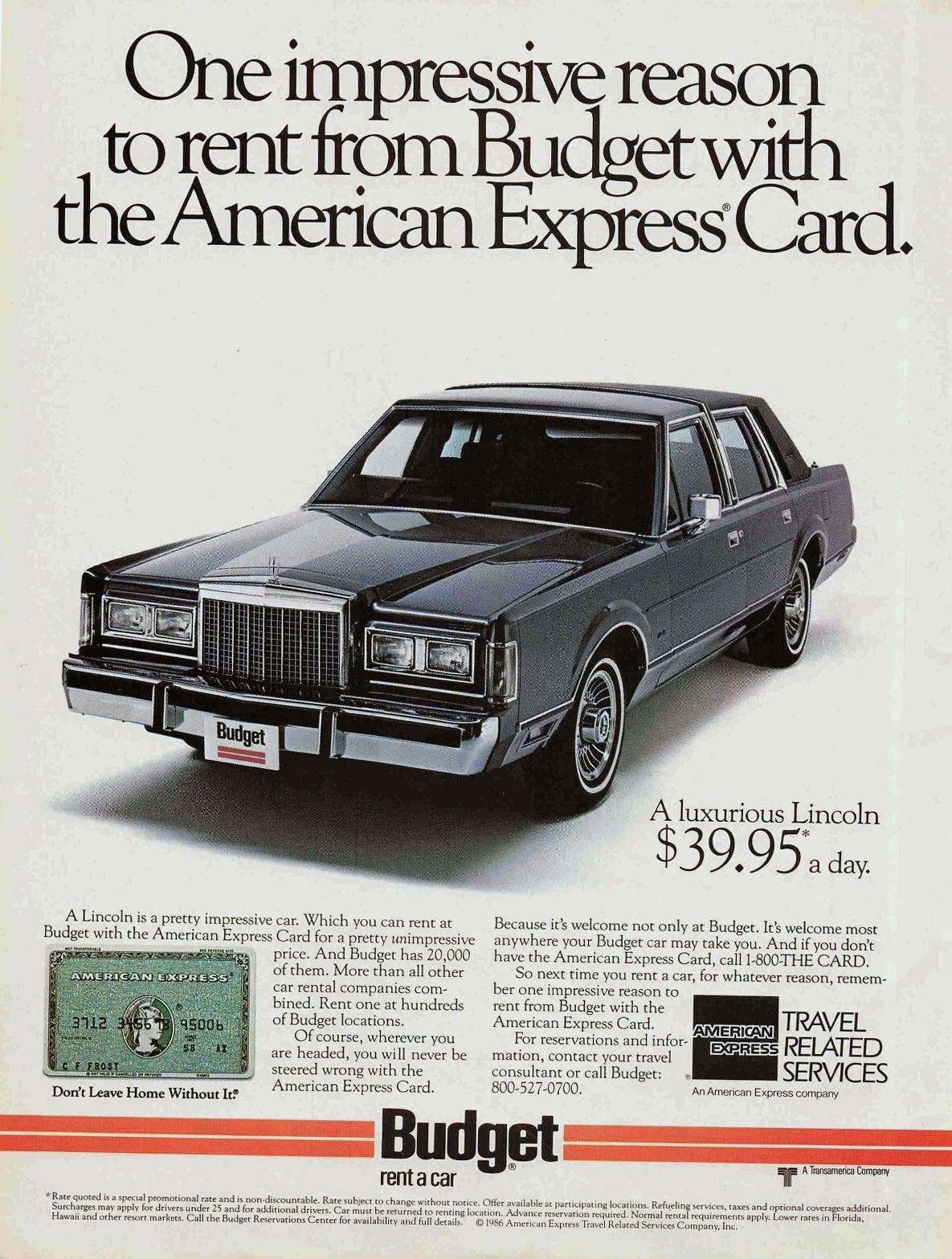

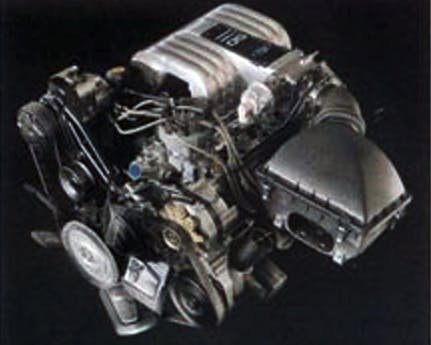
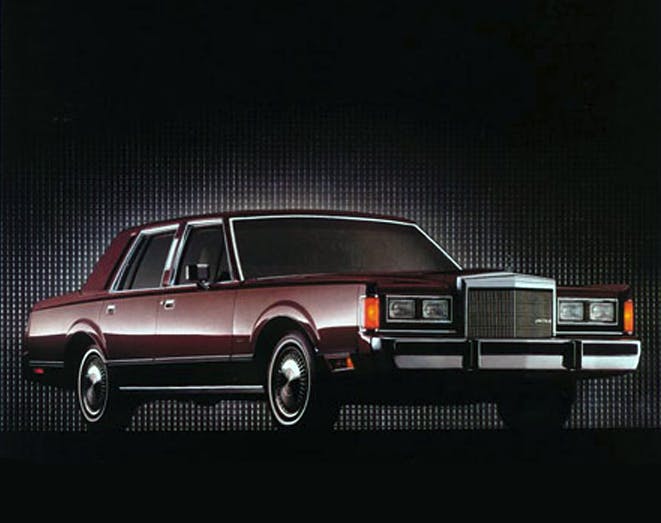
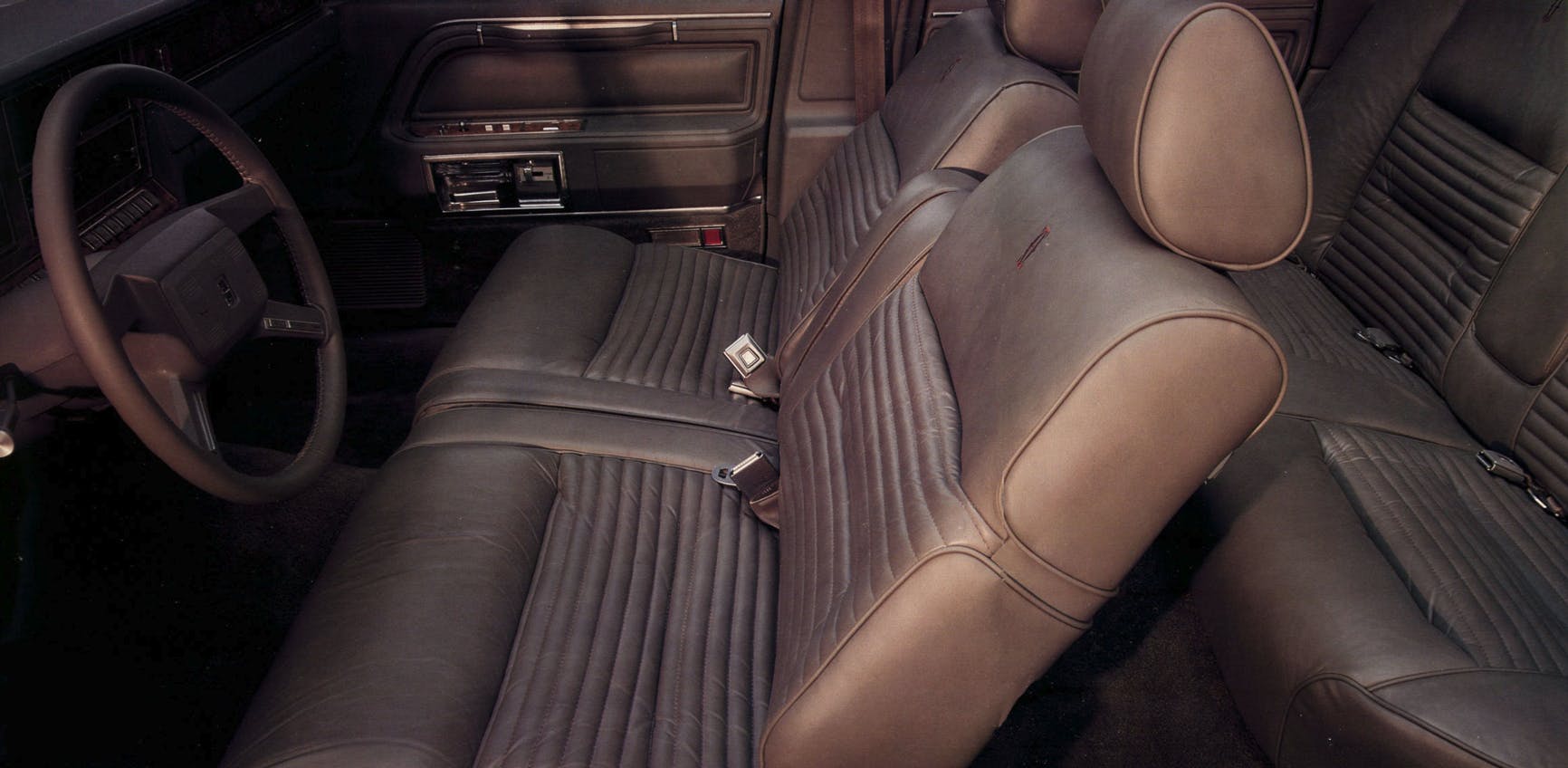

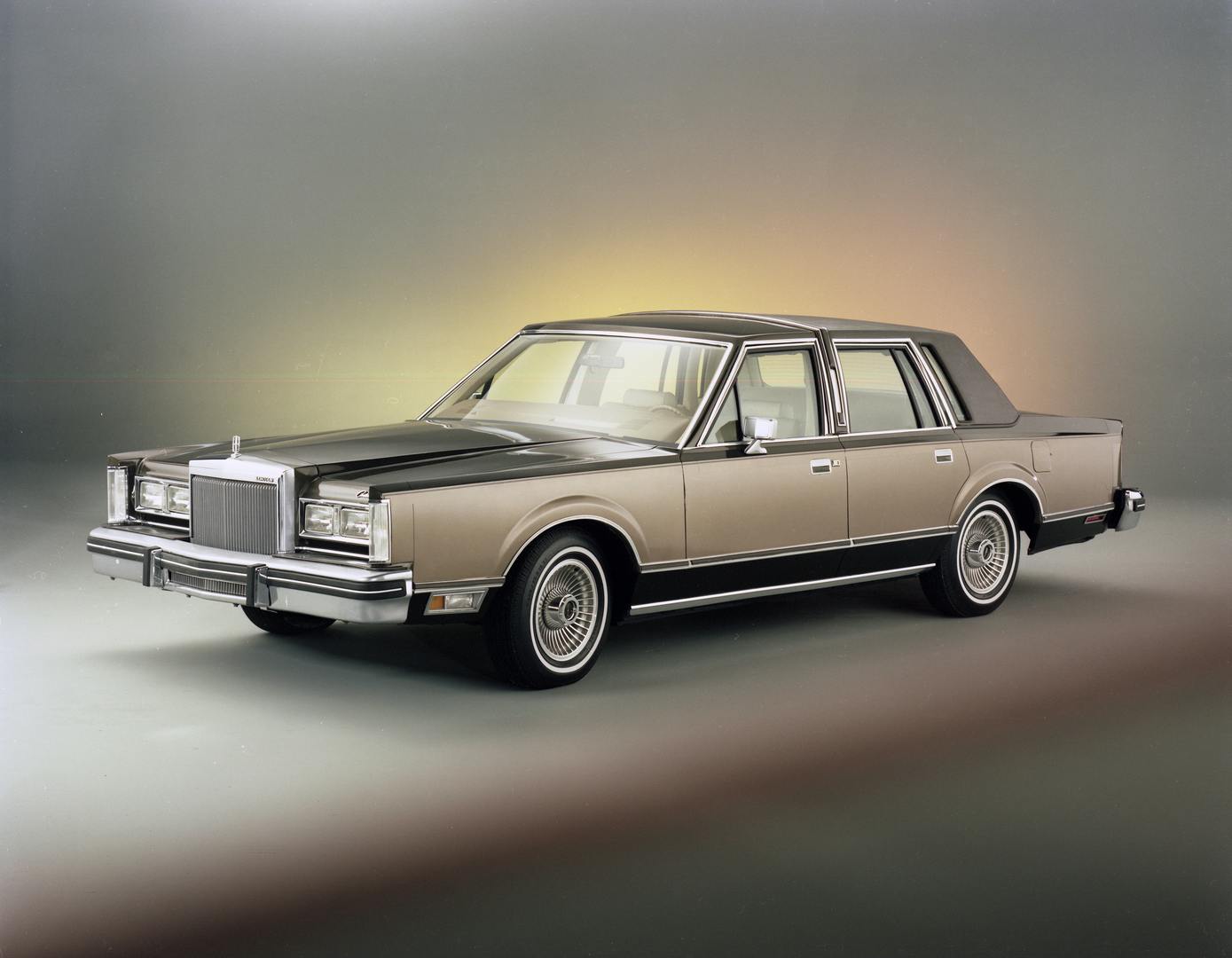




















It was more than Lincoln success but Cadillacs utter failure in this era.
The Lincoln was still a bit too much Ford but it was still RWD and large. Cadillac went to the small FWD cars and killed the brands image. Then they tried to fix it buy grafting on larger quarter panels but by them it was too late.
Had Cadillac had retrained their REW platforms and continued to build car like the STSon a RWD platform they would be so much better off today.
The Lincoln became the Livery car of choice due to RWD, Size and price. Fleets loved them and Ford made money from them.
I feel Lincoln never recovered from the end of the Panther.
Cadillac DID keep an RWD sedan as the Brougham. In fact the RWD Brougham kept its basic 1980 styling for 2 year LONGER than the Town Car!
It was gone by 1984. They scrambled and brought it back in 1990 but sales were not great and it was a bit bloated looking.
The RWD car from 77-84 was just the right size and really could have been the way to go but GM and others were hot on FWD just to meet the coming regulations. It was a similar deal to what we see with the EV push.
Once the RWD Cadillac was gone and with Fords Fleet sales a lot of Lincolns were sold. By this point Chrysler was also FWD.
Cadillac came back with the Fleetwood brougham for 86 with a Olds engine, very nice looking car, actually better looking than this Lincoln IMHO.
Actually the 80-84 Lincoln Town Car didn’t sell all that well, but after the update in styling in 85 it took off.
It never left. The Fleetwood Brougham was there in 1985, at the back of the sales catalog that had the all new FWD DeVille up front.
And it had a very slow and anemic 5 liter Olds engine that couldn’t get out of its own way.
Or worse they were using 3.8 V6.
A friend graduated Collage and bought a Coupe Deville in the last year. V6. It was cheaper than a Buick Regal. No one wanted these.
The Lincoln had a 302 5 litre engine also, neither one was a hot rod
Amen, Lincoln isn’t the same without TOWN CAR! The most important year in the history of Panther was 86′ the year that the throttle body injection was replaced with Multi Port injection! Also GM retired it’s Full size B-body cars ( except Caprice) and The Crown Vic/ Grand Marquis Sales shot up as a result! I remember reading in motor trend in 83′ that 84/85′ was supposed to be the Swanson for Panther but Don Petersen ( Ford CEO) saw the sales figures and THAT gave us 25 more years of real American cars!
The game changer for Ford was the multi-port EFI. I owned two 1981 Lincolns and an 89. The EECIII was garbage. Poor fuel economy (12-14mpg) and very sluggish performance. The later MPI was better in every way. Still not “fast” but respectable. 20mpg was possible.
It was gone by 1984. They scrambled and brought it back in 1990 but sales were not great and it was a bit bloated looking.
The RWD car from 77-84 was just the right size and really could have been the way to go but GM and others were hot on FWD just to meet the coming regulations. It was a similar deal to what we see with the EV push.
Once the RWD Cadillac was gone and with Fords Fleet sales a lot of Lincolns were sold. By this point Chrysler was also FWD.
That is not correct, the RWD Fleetwood Broughams soldiered on and never stopped production in the 1980s.
https://www.youtube.com/watch?v=cLln5nnoJFo
Rented a LOT. of Town Cars in the 80-90 era with Budget. My bosses all owned Town Cars. Great rides! Like the 90s series too-even better
As a fan of the Lincoln brand since the suicide doors on my mother’s baby blue Continental as a child to this 80s era – it greatly disappoints me today. Ford branded a truck with the “Mark” badge; but, sadly it was dead long before this crime to the brand occurred. The smell of getting into a Lincoln from the 1960s thru to late 70s smelled of fine leather and had a unique feel of substance. Ford has lost it’s way – now they’ve committed another brand assassination, with the Mustang badge – to brand an SUV. I own Foreign since the 90s, FYI, and sorry – but NOT SORRY.
Yeah, me too. Best family car we had when I was young was a 1978 Mercury Colony Park wagon, woody decals, rich brown leather interior, huge big-block engine, seating for 9. THAT was a car. I would buy another in a heartbeat if I ever came across a good one. Basically a full-sized 1970s Town Car in wagon form… whereas I don’t really miss the 1981 Continental Mark VI (gussied-up Town Car) I recently owned in an attempt to recapture the feel of that Colony Park…
I presently have a 1989 Lincoln Town car signiture series with a contenintal package with 56000 accual miles in good shape for sale very nice car
I had a 1981 Mark VI, nice car, but certainly can’t compete with the 70’s true land yachts.
In the Limo biz Linciln reigned. Caddys were absolutely garbage with the lousy engine and tranny. I had 3 Cad engines destroy themselves while on a run. Fully serviced and accordingly working correctly. Cads were pure POS by 85 on on. The Brougham was a total joke with the 5 liter Olds engine, I think it had 140hp and was as slow as anything I have ever driven. Ford launched a coup with their upgraded 4 for Sedan. It was nothing BUT an upgraded Ford, but fit in well as Caddy was worse than any GM product ever made.
Well here’s what I know of Ford Car Company, and it’s Lincoln Towncar. But we need to bring us up to the realities of today’s Town car and the integrity of the Ford Corp., or lack there of. Ford has ignored, by passed, disregards the necessessity in customer satisfaction. I have a 2000 Lincoln Towncar ( Executive Series) and I have a 2000 Grand Marque. The Executive Series is the standard Towncar, the interior is almost a replica of my Grand Marque. There is nothing of note to distinguish aTown Car from any other 4 door sedan. Except one special trademark The seals around the front windshield s and or the seals onthe roof or maybe the decorative molding. Either way the car has a design flaw that allows water in and not just a dampness, I’m talking 2 to 4 inches of sitting water in the back floor board. Year after year this complaint has been reported. Ford continued to make cars with this design flaw for a least 3 years. To fix the problem is problematic because rgere no one area to fix its where ever thy try to seal out the elements. The windows , the molding the roof . There should have been a recall in the first year and a solut8on to the problem. Ford ignored it, in fact they accepted it as part of the car. To hell with our loyal customers they can pay to have it researched to fix the problem. Oh wait there is no solution, twice they’ve sealed my windshield and twice they have failed. Ford knows its flawed but it’s not a safety issue so they can just keep it as feature. Ford has dealt a grave disservice to their customers and as far as their integrity, I’ll never buy a Ford again. Not that it matters. They’re probably owned by this company who owns that company who’s owned by the other conglomerate….. At least I got it off my chest.
On newer cars the leaking issue was not a door seal but a climate control issue.
While we wax poetically on Lincoln we need to remember they had their issues too.
Most notable the air suspension that killed many of them as they were more to fix than the car was worth.
Fleet sales drove down resale values.
Sadly both brands lost their way with FWD. Cadillac is trying to still sell two sedans and both are very good cars. But is it too late?
These Town Cars didn’t have air suspension (yet), nor did Lincoln get addicted to fleet sales to the point of degrading the brand’s value (yet).
Air suspension was an issue on Continentals (all four corners) but on RWD Lincoln’s the system is simple and durable. Much more so than Cadillac struts.
I disagree, they need to bring back the name Lincoln Continental, and start selling the Lincoln MKZ or Zephyr they make for China in the USA .
After years of renting Town Cars, my dad decided to get one of his own in 1985; a rosewood metallic Signature Series with a brown vinyl top and mulberry brown cloth interior. He loved that car and kept it as a second car after he bought a Cadillac Deville. Unfortunately, the ’85 got t-boned one day. He liked his Cadillacs, but his heart was still with the Town Car. He eventually got an ’06 Signature and even though he no longer drives, he still enjoys riding in it and riding in my ’04 Town Car Ultimate.
I worked at a Lincoln-Mercury dealer when these (and the next gen cars) were new…I was in detail as a teenager…and would take cars to rustproofing, to get roofs done, some deliveries, and other misc. tasks. From this experience, having driven several hundreds of them, there is absolutely nothing that I appreciate about these cars…the Mark VII is the only Lincoln from this era that I liked (and still do). That said, I also sampled quite a few Caddys of the same era, and I did not like them either…maybe the teenage me simply could not appreciate luxury of the era.
I think it was ‘the deuce’ who said ( paraphrasing)- ” Americans like their small cars small and their big cars big” Turns out he was more or less right. Even though it’s the Lincoln being highlighted here the Panther platform was ideal for those whos priority was a smooth quite ride. Their body on frame construction made them extremely safe and durable. The last two NYC Crown Vic Taxis were only recently retired, both with over 500 thousand on the odometer and only because it was required by law because of their age. While those Police Interceptor units are still being used in many places. As a trivia side note the Crown Vic/Marquis were the last American cars to have side vent windows. And Cynthia, Ford is traded on the NYSE and while now the Ford family are now minority owners due to the way the company is structured they still control F.M.C. not “that company who’s owned by…” before Mehta need correct.
Limo companies could get on the phone with Ford to offer complaints and suggestions, and Ford listened. I still operate Town Cars and they are incredibly durable.
The EEC-IV 302’s were great engines. A MK VII was definitely sportier feeling than a town car but both could be fun.
And now, I believe Lincoln is the only luxury vehicle manufacturer selling their products in the US market that doesn’t offer a sedan in its line-up. Lincoln offers a sedan in China, but doesn’t import it here. I love my 2019 Continental. Don’t know what I’ll do when it needs replacement.
In 1988 I worked at a Lincoln-Mercury dealership and was told that the profit on a Lincoln was over $18,000 more than the Mercury Marquis which was basically the same car platform but with different badging.
A key fact missed by the author is that Henry Ford II had already fired Lee Iacocca by 1978, meaning that the Continental and Lincoln Town Car were still either on the drawing board or in early development. So how in the world Lee Iacocca could be reading sales tea leaves on cars a full two years AFTER he was fired and before these cars were even on sale would be a mystery worthy of an Unsolved Mysteries episode.
Valid point, but there’s a good chance he still had powerful friends at Ford that could tell him that. Iacocca was a beloved person to many. And since these folks are known to attend the same social events in the Detroit area, this could be a “well known secret” that Iacocca told the journalist cited in my article.